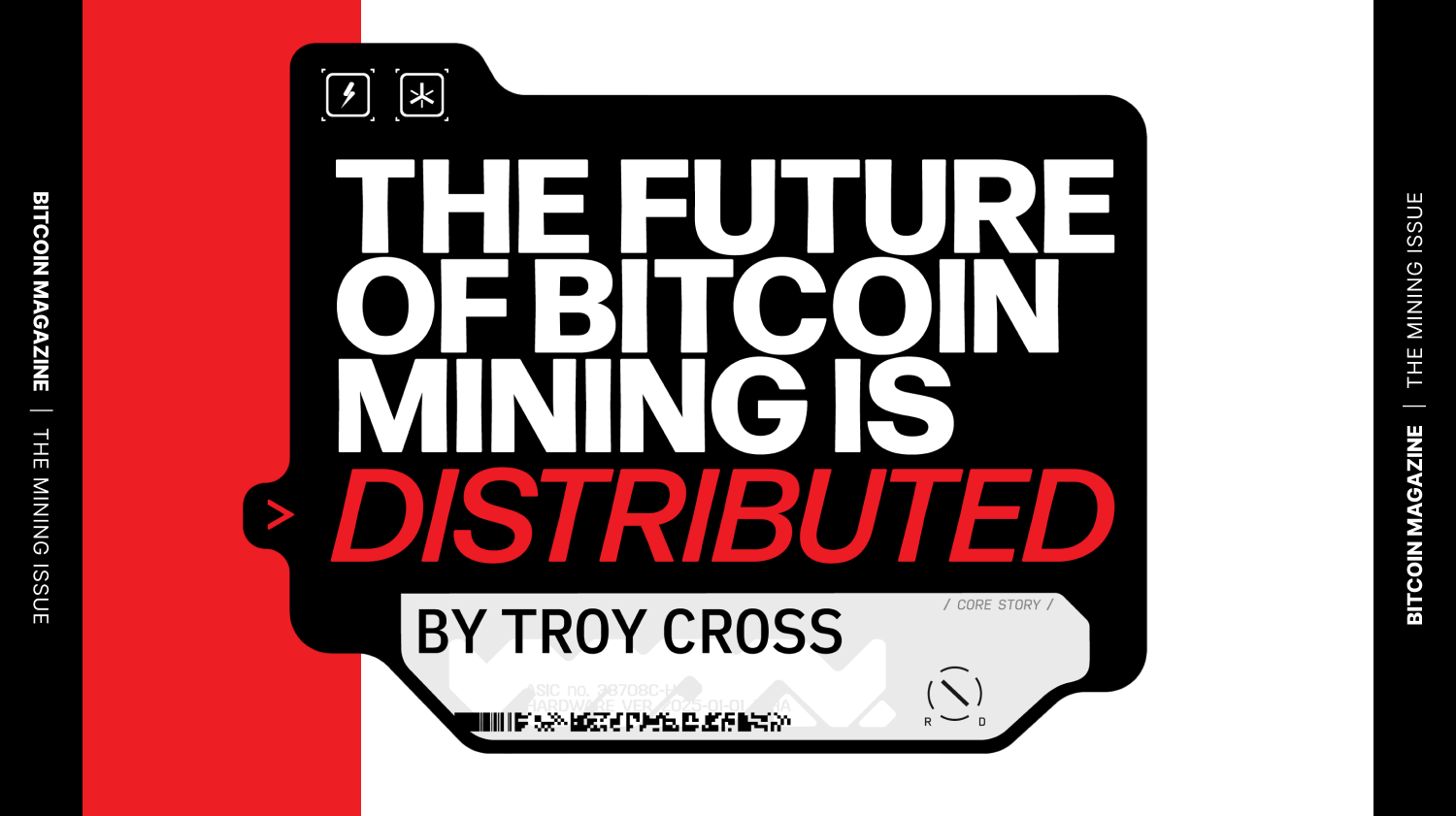Artists aim to stop AI through data poisoning software and legal action.

As the use of artificial intelligence (AI) permeates the creative media space, particularly art and design, the definition of intellectual property (IP) appears to be evolving in real time, making it increasingly difficult to understand what constitutes plagiarism.
Over the past year, AI-based art platforms have been pushing the boundaries of IP rights by leveraging extensive datasets for training, often without the explicit permission of the artists who created the original works.
For example, platforms like OpenAI’s DALL-E and Midjourney’s services offer subscription models to indirectly monetize the copyrighted material that makes up their training datasets.
In this regard, the following important questions were raised: “Do these platforms operate within the norms established by the ‘fair use’ doctrine? The current version allows the use of copyrighted works for criticism, commentary, news reporting, teaching, and research. “Purpose?”
Recently, Getty Images, a major supplier of stock photography, filed lawsuits against Stability AI in the US and UK. Getty accused Stability AI’s visual generation program, Stable Diffusion, of violating copyright and trademark laws by using images from its catalog without permission, particularly watermarked images.
But plaintiffs will need to present more comprehensive evidence to support their claims, which may be difficult because Stable Diffusion’s AI is trained on a massive cache of over 12 billion compressed photos.
In another related case, artists Sarah Andersen, Kelly McKernan and Karla Ortiz launched legal action against Stable Diffusion, Midjourney and online art community DeviantArt in January. Five billion images were scraped from the web “without the consent of the original creators.”
AI addiction software
In response to complaints from artists whose work has been plagiarized by AI, researchers at the University of Chicago recently launched a tool called Nightshade that allows artists to incorporate imperceptible changes into their works.
These modifications are invisible to the human eye but can damage AI training data. Moreover, subtle pixel changes can disrupt the learning process of AI models, leading to incorrect labeling and recognition.
Even a few of these images can compromise the AI’s learning process. For example, recent experiments have shown that simply introducing a few dozen mislabeled images is enough to significantly impair the output of Stable Diffusion.
The University of Chicago team previously developed their own tool called Glaze to mask artists’ styles from AI detection. Our new product, Nightshade, will be integrated with Glaze to further expand its functionality.
In a recent interview, Ben Zhao, lead developer at Nightshade, said tools like his would help push companies to follow more ethical practices. “I think right now there is little incentive for companies to change the way they operate,” he said. In other words, ‘everything under the sun is ours and there is nothing you can do about it.’ I think we are pushing them a little bit more towards the ethical side and we will see if that actually happens,” he added.

Despite Nightshade’s potential to protect future works of art, Zhao noted that the platform cannot reverse the impact on works of art that have already been processed by existing AI models. There are also concerns that the software could be misused for malicious purposes, such as contaminating large-scale digital image generators.
However, Zhao is confident that this latter use case will be difficult because it requires thousands of toxicity samples.
Latest: AI and Pension Funds: Is AI a Safe Choice for Retirement Investing?
Independent artist Autumn Beverly believes tools like Nightshade and Glaze will allow her to once again share her work online without fear of misuse, but Marian Mazzone, an expert at Rutgers University’s Institute for Art and Artificial Intelligence, believes that such tools I think that might not be the case. She offers a permanent fix, suggesting that artists should pursue legal reform to address ongoing issues related to AI-generated images.
Asif Kamal, CEO of Artfi, a Web3 solution for art investing, told Cointelegraph that creators using AI data poisoning tools are sparking a reevaluation of copyright and creative control, while also challenging traditional notions of ownership and authorship.
“The use of data pollution tools is raising legal and ethical questions about AI training on publicly available digital artworks. People are debating issues like copyright, fair use, and respecting the rights of original authors. That said, AI companies are currently developing a variety of strategies to address the impact of data poisoning tools like Nightshade and Glaze on their machine learning models. This includes improving defenses, strengthening data validation, and developing more robust algorithms to identify and mitigate pixel poisoning strategies.”
Yubo Ruan, founder of ParaX, a Web3 platform powered by account abstraction and zero-knowledge virtual machines, said that as artists continue to adopt AI-addicted tools, they are reimagining what digital art consists of, what its ownership is, and how it works. He told Cointelegraph that this is necessary. Originality is what determines.
“We must reevaluate today’s intellectual property frameworks to accommodate the complexities these technologies bring. “The use of data pollution tools highlights legal concerns about consent and copyright infringement, as well as ethical issues associated with using public artwork without fair compensation or recognition to the original owners,” he said.
Stretching IP law to its limits
Beyond the realm of digital art, the influence of generative AI is attracting attention in other fields such as academia and video-based content. Last July, comedian Sarah Silverman, along with writers Christopher Golden and Richard Kadrey, sued OpenAI and Meta in U.S. District Court for copyright infringement. Legal action was taken.
The lawsuit alleges that both OpenAI’s ChatGPT and Meta’s Llama were trained on datasets pulled from illegal “shadow library” sites that purportedly contained the plaintiffs’ copyrighted works. The lawsuit points to specific instances where ChatGPT used Silverman’s information to summarize books without including copyright management information. bed wettergoldens AraratAnd Kadray’s sandman slim As a key example.
Separately, the lawsuit against Meta alleges that the company’s Llama model was trained using datasets from similarly questionable sources, specifically citing EleutherAI’s The Pile, which purportedly included content from the personal tracker Bibliotik.
Latest: Real-World AI Use Cases in Cryptocurrency: Cryptocurrency-based AI Market and AI Financial Analysis
The authors claimed they never consented to their work being used in such a way and are therefore seeking damages and compensation.
As we move toward a future driven by AI technology, many companies seem to be grappling with the enormous technological propositions presented by this burgeoning paradigm.
Companies like Adobe have started using the mark to mark AI-generated data, but companies like Google and Microsoft have said they are willing to face legal action if customers are sued for copyright infringement while using their generative AI products. It was revealed.


